India accelerates Upper Siang Dam to counter China’s mega hydropower project
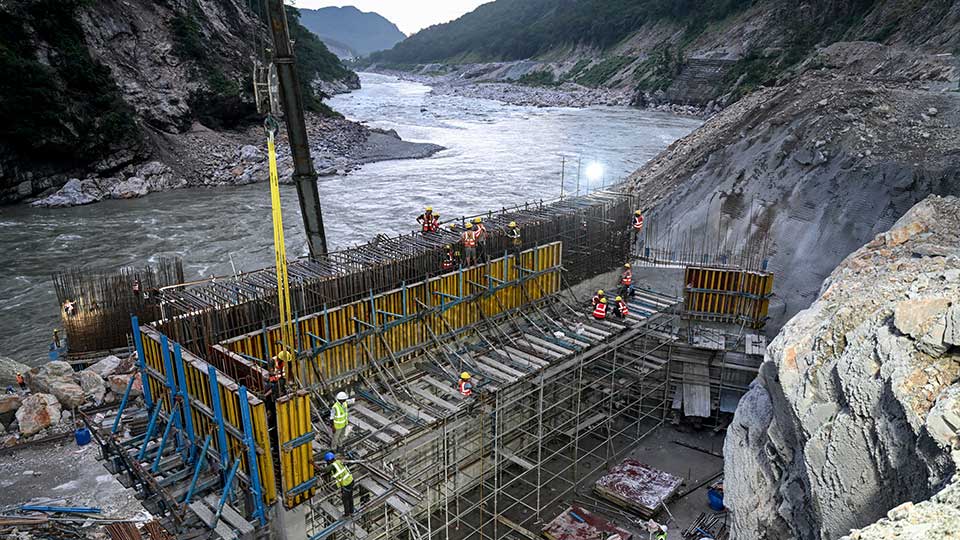
India is moving ahead with plans to construct a massive dam in the northeastern state of Arunachal Pradesh in response to China’s announcement of a colossal hydropower project upstream in Tibet. The initiative, known as the Upper Siang Multipurpose Storage Project, is designed to safeguard water security in the Brahmaputra basin, where India fears significant reductions in water flow during the dry season once China’s project becomes operational.
China began building the Yarlung Zangbo hydropower project in July 2025, following approval in late 2024. Estimated to cost around US$167–170 billion, the scheme involves five cascade hydropower stations and is expected to generate about 300 billion kWh annually. With an installed capacity of roughly 60,000 MW, it will be the world’s largest hydropower facility upon completion by 2033. Indian officials worry the project could reduce non-monsoon flows by up to 85 percent, according to internal studies, creating risks for agriculture, water supply, and ecosystems downstream.
In response, India is accelerating surveys and feasibility studies for its Upper Siang project, a dam that would store nearly 9 billion cubic meters of water and generate 11,000 MW of electricity. Officials describe the project as a buffer, aimed at regulating flows and absorbing sudden surges or diversions from Chinese dams. However, the project faces strong opposition from local communities, particularly the Adi people, whose ancestral lands lie in the flood zone. Reports indicate that 16 villages could be fully submerged, displacing an estimated 10,000 residents and indirectly affecting more than 100,000 people.
While the Arunachal Pradesh government supports the project, critics argue that paramilitary involvement to secure survey work underscores the tension between national strategy and local resistance.
The environmental and engineering challenges are also significant. The Eastern Himalayas are highly seismically active, and experts warn of heightened risks from dam construction in earthquake-prone regions. Additional concerns include sediment disruption, impacts on aquatic ecosystems, and long-term changes to floodplain agriculture.
Sources: Reuters, India Today, China Global South Project
Want to read more like this story?

India sets plan to create world’s longest river to reduce floods and droughts
Jan, 17, 2017 | NewsScientists warn about serious consequences on ecosystems and coastlines Scientists warn about ser...

Construction of Mega-hydropower station initiated in China
Mar, 30, 2019 | NewsOn Saturday, 30 of March, 2019, China started the construction of a 2.24-GW hydropower station locat...
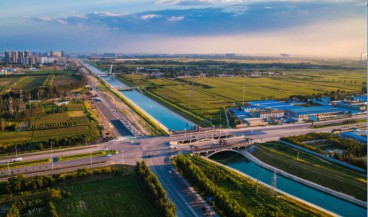
The Chinese South–North Water Transfer Project: a gigantic and complicated engineering approach to water management
Aug, 16, 2017 | NewsThe South-to-North Water Diversion Project (SNWDP), also called the South–North Water Transfer Proje...
China’s new dam in Tibet near Indian border
Jan, 26, 2023 | NewsChina is constructed a new dam on the Mabja Zangbo river in Tibet, near to the tri-junction, which...
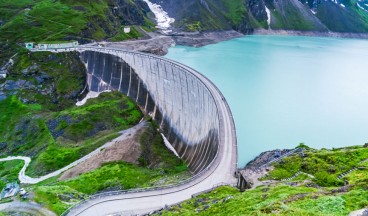
From Aging Infrastructure to Extreme Rainfall: The Growing Importance of Dam Structural Engineering
Oct, 07, 2024 | NewsDams have been integral to human civilization for centuries, playing critical roles in water storag...
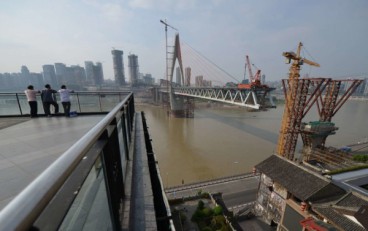
China Blocks Yangtze Dam Project, According to Activists
Apr, 10, 2015 | NewsAccording to environmental activists, the Chinese Ministry of Environmental Protection has issued an...
Mega dam: Kenya, UK agree deal for Sh425 billion
Nov, 18, 2022 | NewsA new multipurpose dam to be built in Kitui and Tharaka Nithi counties will cost Sh425 billion foll...

Largest Dam Safety Project in USACE History. Tackling the problem of ageing dams.
Jun, 12, 2024 | NewsAt the end of 2023, contractors from ten construction and engineering firms gathered at the Garriso...
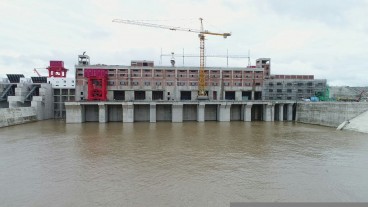
Study shows that hydropower dams reduce the temperature of rivers
Mar, 06, 2020 | NewsA new study, published in the Environmental Research Letters journal, focuses on the impact of hydr...
Trending

Vertical gardens in Mexico City to combat pollution

Characteristics of Load Bearing Masonry Construction

Taipei 101’s impressive tuned mass damper

Dutch greenhouses have revolutionized modern farming

The Line at Neom faces feasibility reassessment while construction continues

The Line at Neom faces feasibility reassessment while construction continues

A new chapter for Sunderland: The £31 million Keel Crossing opens

